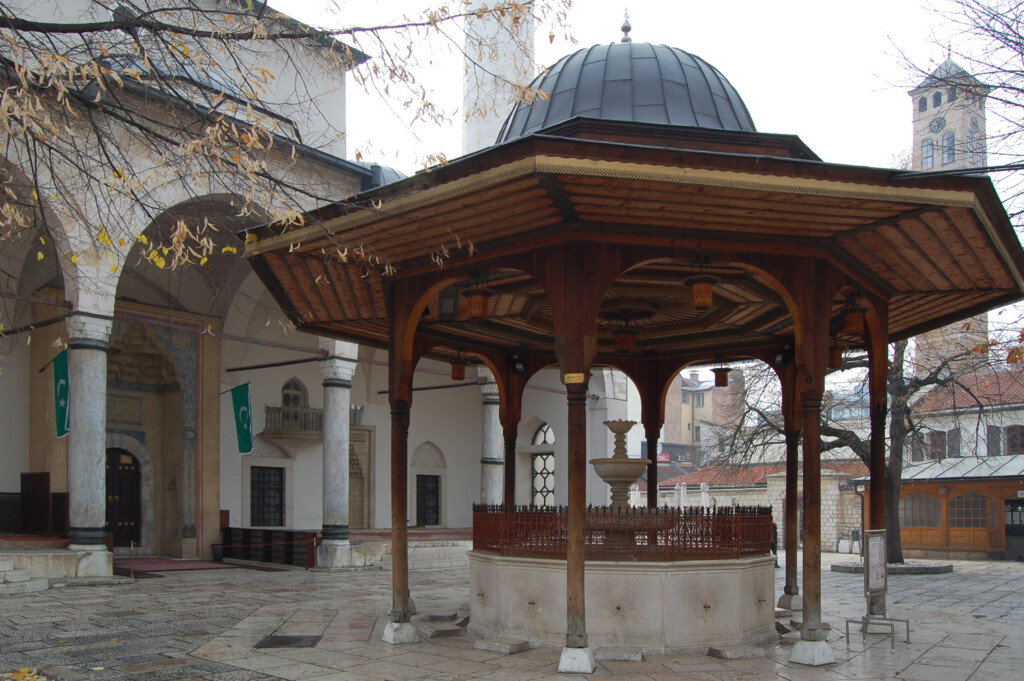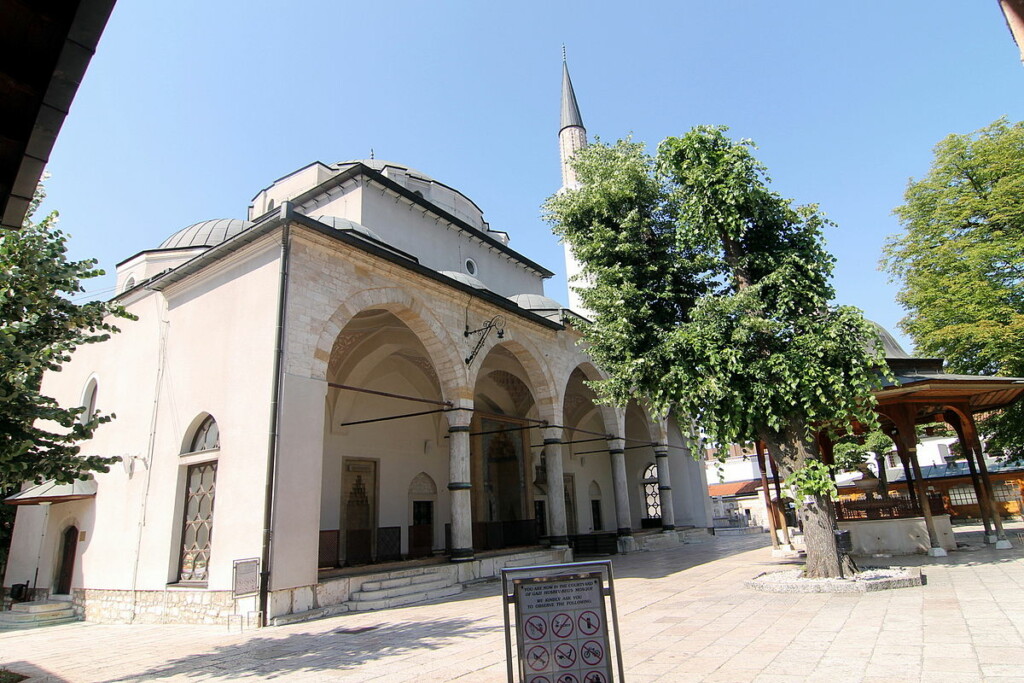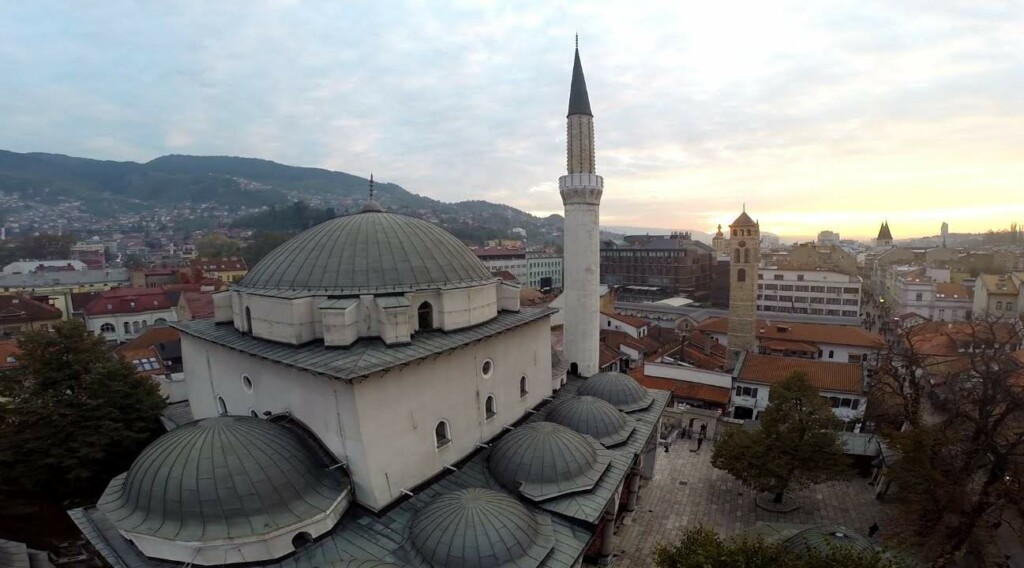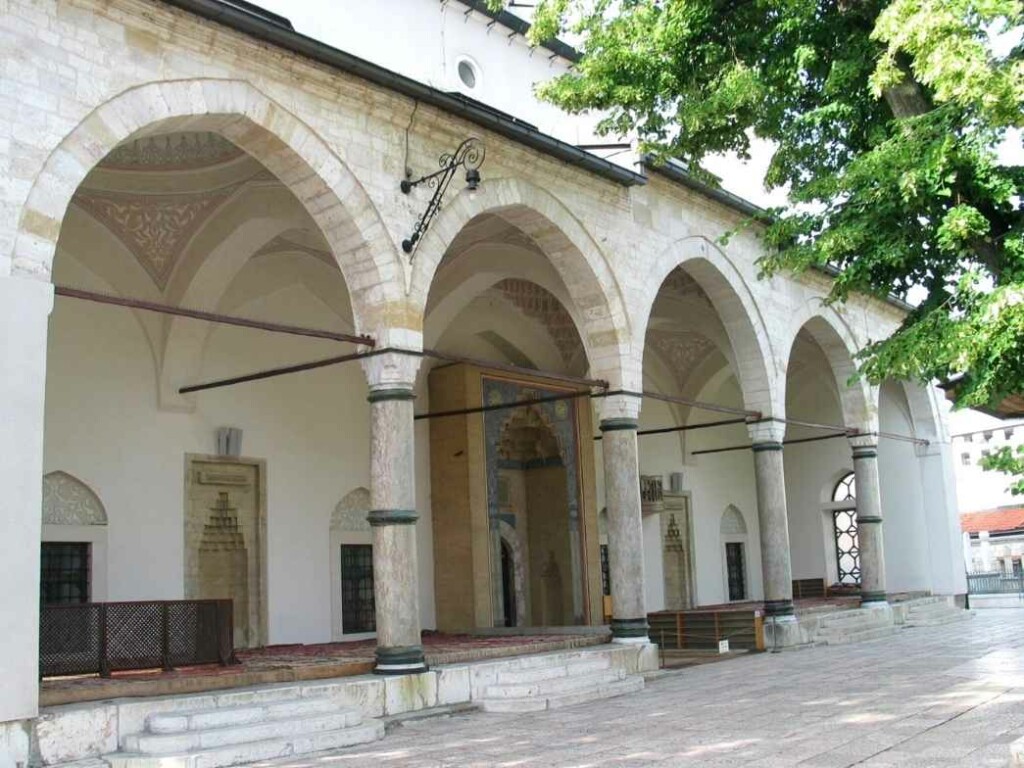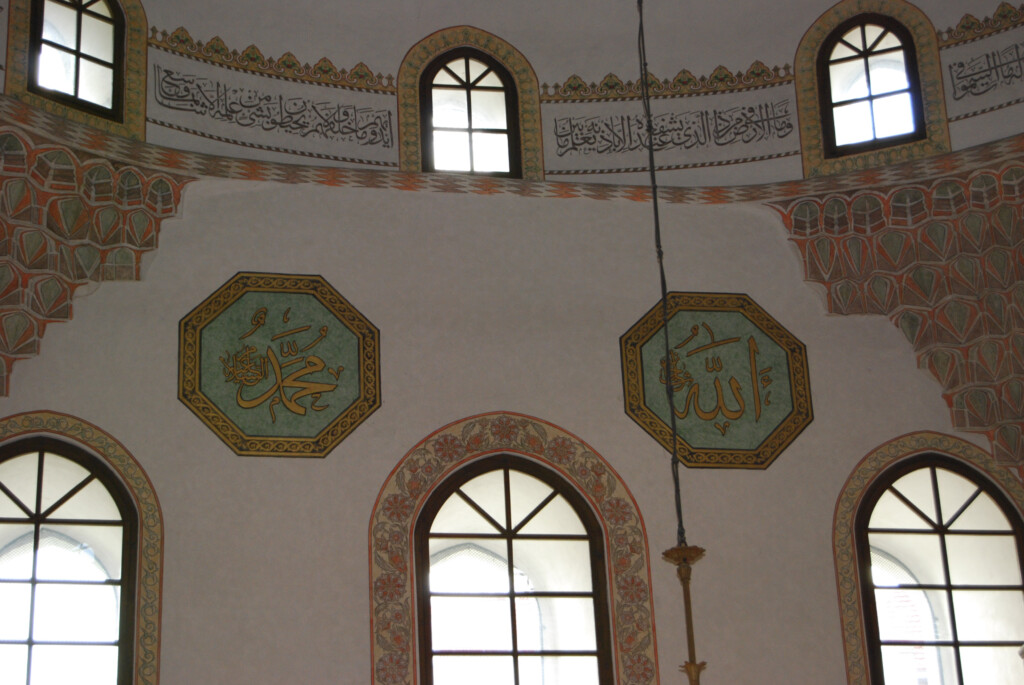The Old Orthodox Church
- 19.11.2020.
- Explore
The Old Orthodox Church (Church of Archangels Michael and Gabriel) was originally built in 1539. Read More
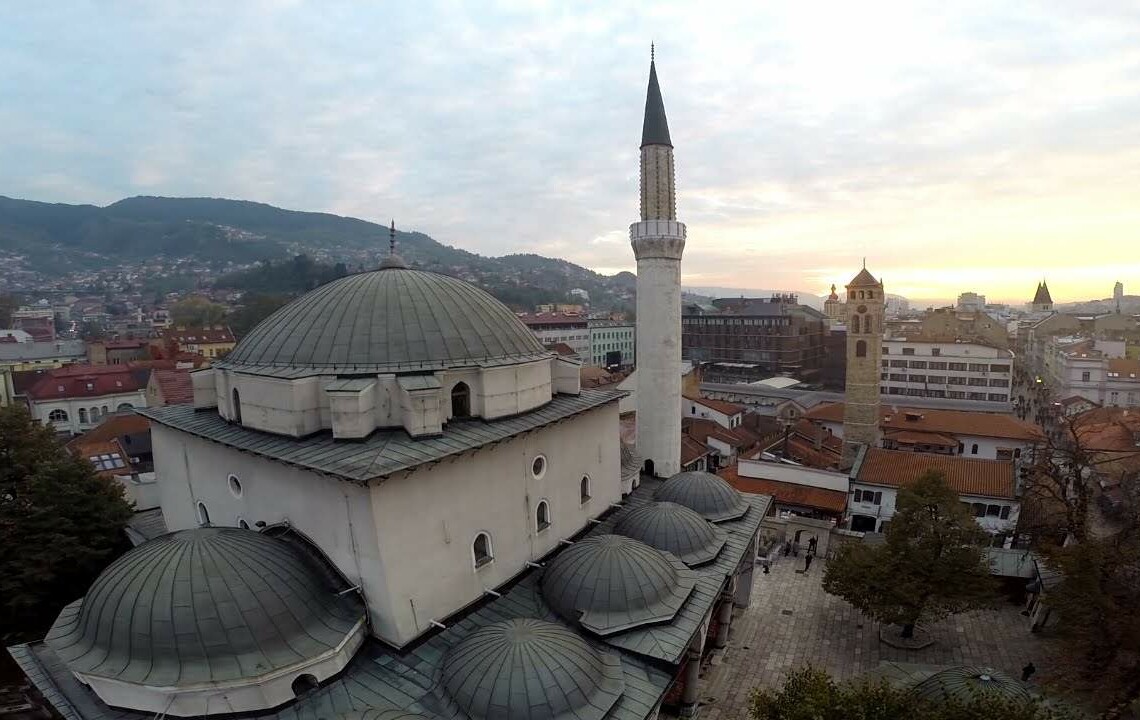
The Gazi Husrev-beg Mosque was built in 1530 as the central object of the Beg’s endowment, which also included a maktab and a madrasa (Islamic primary and secondary schools), a bezistan (vaulted marketplace), a hammam (public bathplace) etc. The foundation of this waqf by the contemporary Ottoman governor of Bosnia had a crucial point in the development of the town. The architect’s name is unknown, but after some speculations, which even included famous Mimar Sinan as an option, most scholars agreed that Acem Esir Ali “Alaüddin”, Ottoman mimar of Persian ancestry, is the most probable builder. It is still possible that Sinan himself did inspect the work on the spot, since he was in the region at the time. Historical documents testify that Ragusan masons, requested from their government by Gazi Husrev-beg, participated in the building process.
Gazi Husrev-bey Mosque was the first mosque in the world to receive electricity and electric illumination in 1898 during the period of Austro-Hungarian Empire.
The mosque belongs to the type of complex-spaced, multi-domed mosques and it is a represent of the Early Period of Classical Ottoman Architecture (sometimes referred to as Early Istanbul Style). The central rectangular space, framed by high walls and covered with a dome resting on pendentives, represents the spine of the structure, while lower extensions lean to it and expand the volume of the interior space. The kibla side of the mosque is extended with a rectangular space which is covered by a semi-dome resting on two highly developed muqarnas structures. They stand in function of pendentives, reducing the rectangular outline of the ground level to the near semi-circle shape in level of the semi-dome. This area houses central architectural elements with religious purposes: mihrab, minbar and kursi and, being open to the central space with a huge arch, represents the focal point of the mosque. Two smaller spaces, called tetime[check spelling] (sg. tetima) are located on the left and right sides of the central space, placed furthest from the Kibla side. They are covered by two lower domes resting on pendentives.
The exterior is dominated by the main dome, topped out only by a simple, yet monumental minaret. The entry side is marked with a portico resting on four wide columns and covered with little domes, only the central one, above the portal, being a bit greater than others, and resting on muqarnas-adorned pendentives, in contrast to others which are laid on simple, plain-surfaced pendentives. The monumental portal is richly decorated with muqarnas, as well as columns’ capitels.
In his legacy, he stated: “Good deeds drive away evil, and one of the most worthy of good deeds is the act of charity, and the most worthy act of charity is one which lasts forever. Of all charitable deeds, the most beautiful is one that continually renews itself.”
